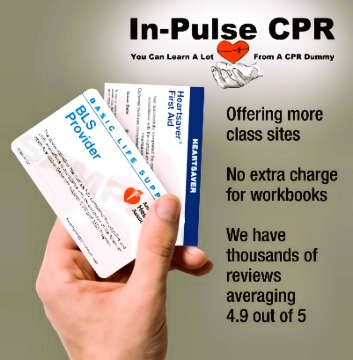A Life-Saving Decision: How One AED Made All the Difference
March 14, 2025
A Christmas tree farmer’s foresight to purchase an AED became the difference between life and death when cardiac arrest struck in the middle of nowhere.

Michael Loughran and his dog, Bourbon, on the Christmas tree farm. (Photo courtesy of the Loughran family)
A Precautionary Purchase That Saved a Life
When Michael and Jill Loughran moved to their remote 300-acre Christmas tree farm in rural Vermont, they knew they were trading convenience for tranquility. The town had no paved roads, and the nearest hospital was a significant distance away. For most people, this isolation might seem like a minor inconvenience. For 56-year-old Michael Loughran, it would prove to be a life-or-death consideration.
After surviving quadruple bypass surgery in March 2024 to address five blocked arteries, Michael made a decision that would ultimately save his life: he purchased an automated external defibrillator (AED) for their remote farm.
“Because the farm is so remote, I knew we needed to be prepared,” Michael explained. It was a decision born of both medical necessity and practical wisdom—one that would prove invaluable just months later.
When Every Second Counted

Michael Loughran (right) and his wife, Jill. (Photo courtesy of the Loughran family)
The importance of Michael’s AED purchase became devastatingly clear on an October night when his daughter Sophie, a newly graduated nurse working in cardiac intensive care, was visiting from Denver. At 3 AM, Jill was awakened by the terrifying sound of Michael gasping for air. He was in cardiac arrest.
In that moment of crisis, the AED Michael had purchased became their lifeline. While Jill called 911, Sophie began chest compressions. The two women worked together, trading off between delivering AED shocks and performing CPR. The device provided clear, automated instructions that guided them through the life-saving process.
The ambulance took 35 minutes to reach their remote location. Without the AED, Michael would not have survived.
By the time paramedics arrived, Michael had received three critical shocks from the AED and continuous CPR. He had a faint pulse—he was alive.

Michael Loughran, pictured with his daughter Sophie in rural Vermont where he and his wife reside on a Christmas tree farm, is a survivor of both a quadruple bypass and a cardiac arrest. (Photo courtesy of the Loughran family).
The Difference an AED Makes
Michael’s story illustrates a harsh medical reality: when cardiac arrest occurs, brain death begins within 4-6 minutes without intervention. Every minute that passes without defibrillation reduces survival chances by 7-10%. In rural areas like the Loughrans’ farm, where emergency response times can extend well beyond the critical window, having an AED on-site isn’t just helpful—it’s essential.
“The doctors told me it was a freak electrical issue caused by ventricular fibrillation,” Michael said. This dangerous heart rhythm causes the heart to quiver ineffectively instead of pumping blood, and it can only be corrected by defibrillation—exactly what the AED provided.
When Michael woke up in the hospital, doctors had warned his family about possible neurological damage from oxygen deprivation. Instead, after initial temporary vision loss and amnesia that resolved within 24 hours, Michael showed no detectable physical or cognitive deficits.
A Message for Remote Communities
Michael’s experience carries a vital message for anyone living in rural or remote areas: don’t wait for an emergency to wish you had an AED. His foresight to purchase the device, combined with his daughter’s medical training and his wife’s quick thinking, created the perfect storm of preparedness that saved his life.
“I got my plumbing fixed with the bypass, and now I’ve gotten my electrical fixed too,” Michael said, referring to the implantable cardioverter defibrillator (ICD) doctors placed in his chest as a precaution. “Plus, I’m being monitored remotely, so if anything goes wrong, they’ll know it.”
Today, just six weeks after his cardiac arrest, Michael is back working on his Christmas tree farm—though he now leaves the tree cutting to his crew. He even traveled to Colorado to visit Sophie and hit the ski slopes, a testament to his remarkable recovery.
The Bottom Line: AEDs Save Lives
Michael Loughran’s story demonstrates that surviving cardiac arrest isn’t just about luck—it’s about preparation. His decision to purchase an AED for their remote farm, combined with basic CPR knowledge, meant the difference between a tragic loss and a miraculous recovery.
For families living in rural areas, elderly communities, or any location where emergency response times might be delayed, an AED isn’t just a good idea—it’s a necessity that could save your life or the life of someone you love.
Every home, workplace, and community should have access to an AED and the training to use it. Because when cardiac arrest strikes, you won’t have time to wish you were better prepared.




COMMENT (1)
MikeyB / November 11, 2025
Really enjoyed reading it.